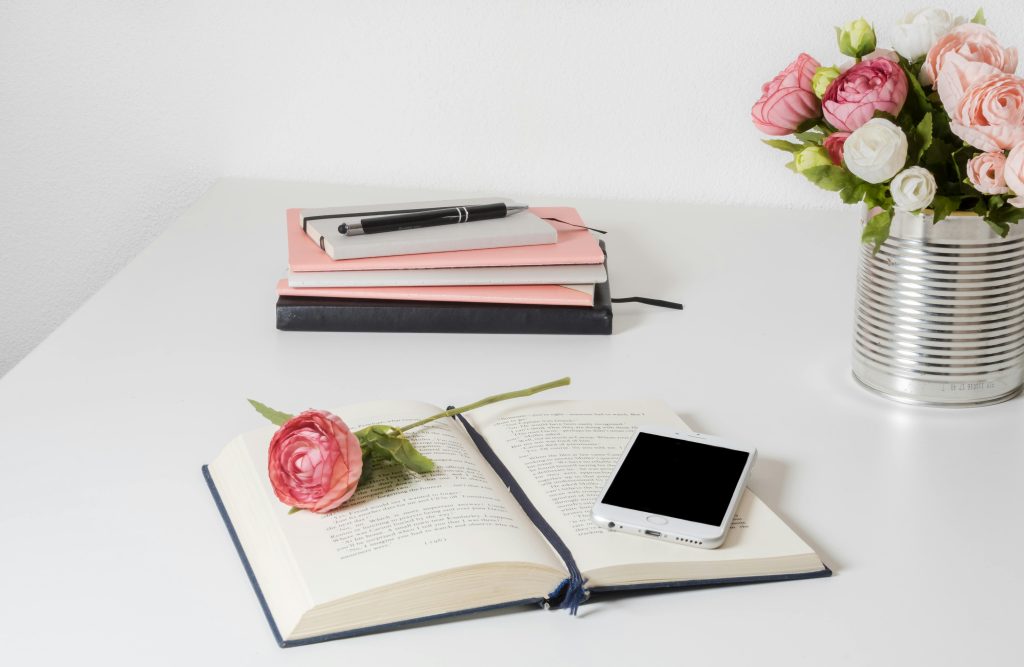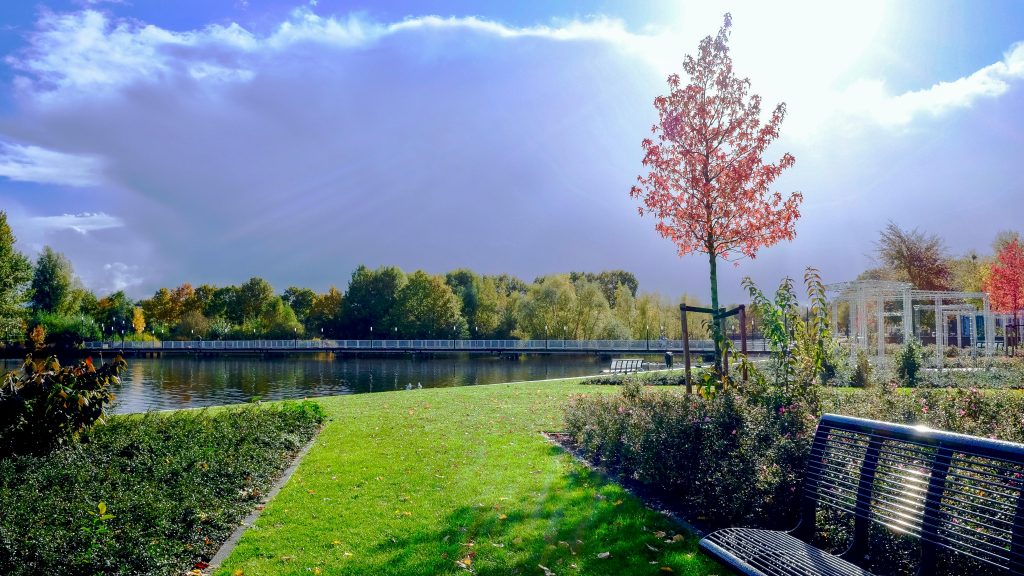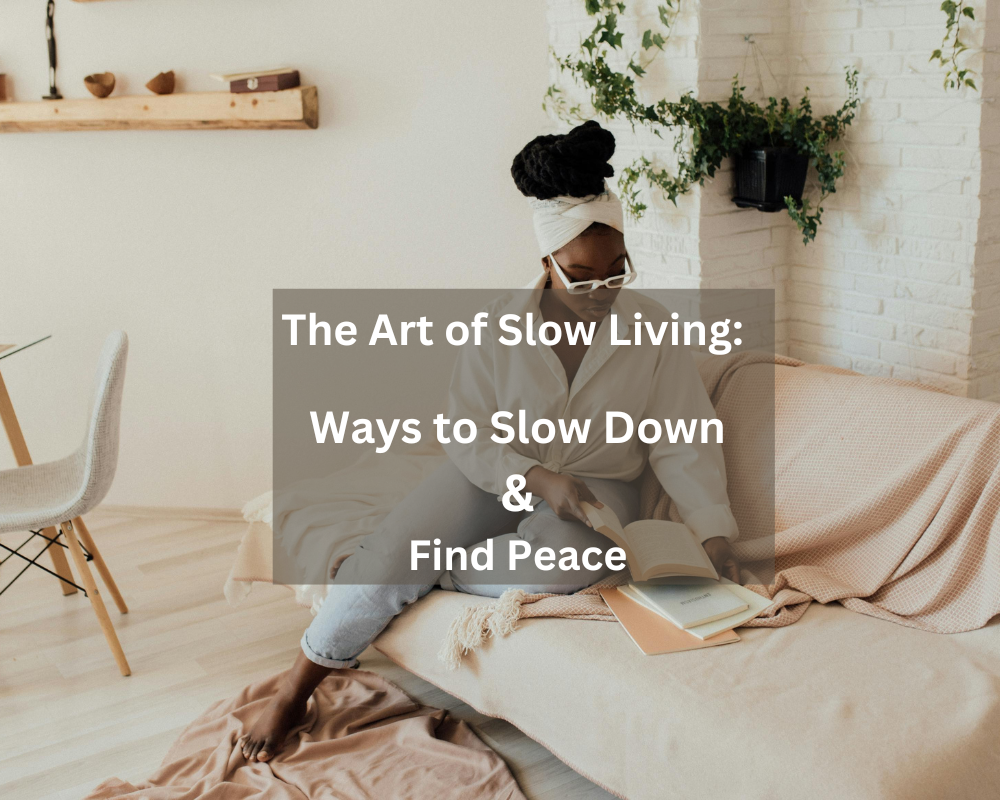
Every morning, I used to hurry through my phone before my feet ever touched the floor, mentally running through my to-do list while brushing my teeth, and felt behind before the day had started. I was trying to keep up as life seemed to be accelerating.
One day, though, I came to see that I was merely living and not really existing. Instead of being deliberate, I was reacting; I was running instead of savoring; I was always feeling depleted. It was around this time I learned the craft of leisurely living.
What is slow life?
A lifestyle choice known as slow living emphasizes on being actively present, deliberate, and attentive in daily life. It’s about appreciating the minor events, lowering pointless anxiety, and building a harmonic, balanced life. Slow living helps us to embrace simplicity, quality over quantity, and deeper relationships rather than praising activity and being all over the place without truly leaving and enjoying the moment.
The Benefits of Slow Living
Changing your slow-living attitude can result in:
- less stress and worry;
- improved mental clarity;
- closer connections;
- more thanks , gratitude and contentment;
- better work-life balance;
- more enjoyment of daily activities.
Including slow living into your daily schedule might transform your life if you find yourself regularly hurrying, mentally tired, or overloaded. Here are a few ways you can truly start leaving slow and finding some peace.
1. Start Your Day with Intention
Instead of immediately reaching for your phone or jumping out of bed in a panic, take a few alone time setting the tone for your day rather than grabbing for your phone or leaping out of bed in a panic right away.
Try this:
- Rising a few minutes early than your normal wake up time helps you avoid rushing.
- Breathe in deeply then get out of bed.
- Spend five minutes journaling about your daily intentions.
- Savor your morning tea or coffee and free your self from any interruptions.
Starting my lazy mornings, I found how much more peaceful and under control I felt all through the day. My mind was not racing, and I was not beginning the day already overburdened or tired even before the day begins.
2. Prioritize Meaningful Activities

- Many times, we pack our calendars with chores that exhaust us without time for activities that really make us happy. Slowing down your life entails reevaluating your schedule and creating room for soul-feeding events.
Try This: - List the things you enjoy like reading, drawing, nature hikes, etc. that make you happy.
Plan time for these pursuits into your weekly or daily schedule. - Turn down obligations that contradict your values or exhaust you.
3. Practice Mindful Eating

- Many of us eat quickly, grabbing a fast bite while working, watching tv, or browsing social media. Slow living expects us to really enjoy the dining experience and be present with our meals.
Try this: - Sit down at a table free of distractions to eat.
- Eat deliberately and chew slowly.
- Say thanks for your food before you eat.
I hardly remembered what I ate and used to eat my meals while multitasking or probably while in the kitchen. I now view my meals as a moment to stop and refresh, and it has greatly improved my digestion and general calm.
4. Create a Calm Environment

Your surrounding shape your perspective. A messy, chaotic environment can help a messy, chaotic mind to be developed. A calm surrounding might support the slow-living attitude.
Try This:
- Sort your house and keep the items that make you happy.
- Add nature into your room with flowers or plants; use soft lighting and soothing smells like lavender or vanilla.
- Set aside areas of your house free of technology to promote some presence.
5. Disconnect from Digital Overload

Emails, social media, and alerts help us to be always in hurry. Slower living helps us to stand back and break away from the digital sphere.
Try this:
- Set social media usage time restrictions.
- Go for a walk free of a phone.
- Set “no phone” times for morning and before-bed.
- Cut distractions by turning off pointless alerts.
Checking my phone every few minutes, I used to feel like I had to be “always on.” But I discovered how much more time I had for truly important real-life events once I started cutting screen time.
6. Move at Your Own Pace
Though slow living is about doing things at a speed that feels natural and fun for you, our society celebrates hustle culture. literally always on the move
Try this:
- Stroll rather than sprint.
- Instead of juggling, concentrate on one chore at a time.
- Grant yourself grace and freedom to pause.
- See the process rather than concentrating just on the outcome.
7. End Your Day with Peace

A slow-living schedule continues long beyond the conclusion of the day. Establishing a calm evening ritual will enable you to relax and go better asleep.
try this:
- Dim the lighting and cut screen time one hour before bed.
- Write down three positive events from that day to practice thankfulness.
- Do some gentle stretching or a warm bath.
- Rather than thumbing through your phone, read a book or listen to peaceful music.
I used to fall asleep holding my phone in hand, my thoughts racing with haphazard social media updates. My evenings now feel holy, and I get up feeling less stressed and more rejuvenated.
Final Thoughts
slow living is about doing things with more presence and intention than it is about doing everything slowly. It’s about deciding peace over anarchy, quality over mass, and happiness over pointless bustle. Starting to embrace the art of slow living will help you discover that life seems calmer, richer, and more significant.
Use this as your indication to slow down if the daily grind is overwhelming you. One little modification at a time will help your schedule to be more balanced, peaceful, and fulfilled.
Are you really prepared to welcome slow living life? Tell me in the comments which habit you intend to start with, I would really love to here from you






